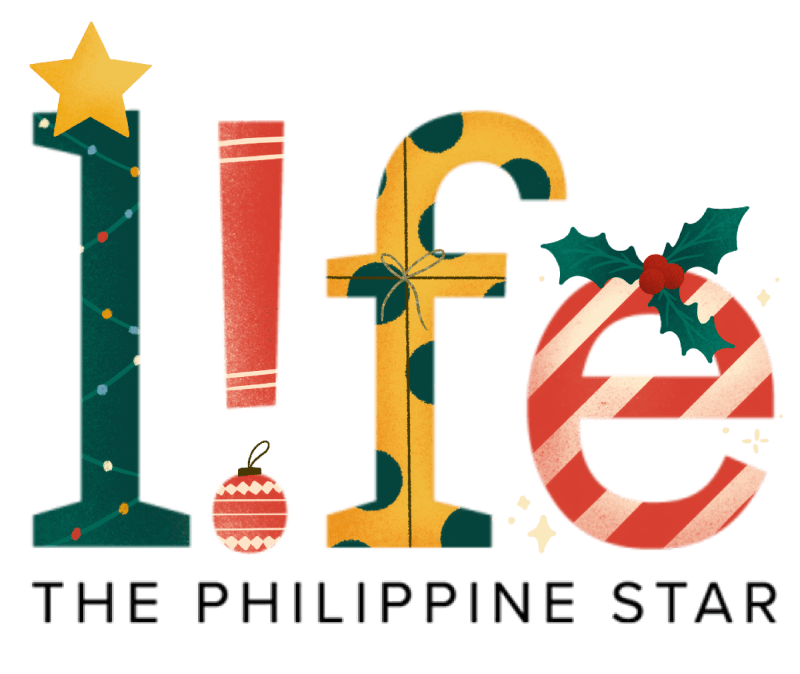Zobel’s blockbuster Prado show holds Asian premiere in Makati
Last Sept. 11, collectors, curators and the city’s culturati crowded the Ayala Museum to get a first look at the landmark exhibition, “Zóbel: The Future of the Past.” First seen in the august halls of the Prado in Madrid, the show astonished even the artist’s biggest boosters with its blockbuster attendance of 80,000 visitors in just four months. Manuel Fontan del Junco, co-curator of the show, admitted it was “a bit of risk — but a calculated one.” The Prado, known all over the world as Spain’s treasure house of classical art, decided to open its doors in 2022 to its most important abstract artists. The first was Pablo Picasso. The second was Fernando Zóbel.
Zóbel had made the Iberian peninsula his home when he finally decided to choose the painterly life over his family’s firm. (That firm happened to be the Philippines’ oldest business, the House of Ayala, which this year marks its 190th.)

To demonstrate how the Zobel de Ayala family is so interwoven with Filipino history, Fernando Zóbel’s ancestor was none other than Rear Admiral Patricio Montojo, who fought on the other side of the Battle of Manila Bay against Admiral George Dewey. That battle and Dewey himself is remembered by those who bother to peer at the bronze plaque of the monument rising above Union Square in San Francisco. Dewey also gave his name to the crescent-shaped road that encircled the site of his victory, these days now known as Roxas Boulevard. Montojo, however, choosing to save his men’s lives rather than engaging in a fiercer battle, was court-martialed and retired from service.

The exhibition thus opens with a stunning pair of paintings, the first being “Homenaje a Montojo (Homage to Montojo)” and the other, “Cristo of Lepanto (Cross of Lepanto),” which book-end the two most famous naval battles of the world’s greatest opposing empires. Both are powerful dialogues with the past, Fernando Zóbel’s own as well as with the Philippines’ most legendary painter, Juan Luna.

For Fontan del Junco, Zóbel’s “Lepanto” is Exhibit A of that artist’s primordial task (and talent) of creating works that cross countries, cultures and, indeed, time. “He transformed history painting into advanced abstract art,” the curator declared. Indeed, many of these exemplars may be viewed at the show such as painted conversations with the ballerinas of Degas, Veronica’s veil by Zurburan, and a still-life by Van der Hamen, one of the most famous masters of the golden age of bodegones, whose work was lent by the Prado to illuminate the series.

But there are many other gems. Apart from the 53 paintings and 23 sketches there are more than 50 sketchbooks that Zóbel began to fill as early as the 1950s and would do so until the end of his life was unexpectedly cut short. They demonstrate the arc of Zóbel’s artistic career from the halcyon days with the Philippine Art Gallery to the founding of his beloved Cuenca Museum, both beacons of modernist art in this country and in Spain.

Zóbel, said Fontan del Junco, was an artist that “spoke in multiple voices, risking much to open the world to others, and walking the tightrope between many cultures.” Indeed, Zóbel journeyed through the worlds of Japanese calligraphy, Philippine archaeology and religious colonial art, and the Spanish academic masters. He was “raised in museums and libraries,” and that upbringing informed his works with a razor-sharp sensibility. (A small sampling of his personal collection of books is also on show.)

It was completely suitable that the two nations who have charted the Philippines’ political fates were also among the major sponsors of this cultural moment: the United States of America, represented by its Ambassador MaryKay Carlson, and Spain by Ambassador Miguel Utray (who attended with his son Lucas).

Hosts for the event were Fernando Zóbel de Ayala, chair of the Ayala Foundation, accompanied by his wife Kitkat as well as Mariles Gustilo, director of the Ayala Museum. The Zóbel family turned out in full force, including the next-generation including Bea Zóbel Jr. and daughter Paloma Urquijo Zóbel, Mariana Zóbel, Patxi and Sophia Elizalde, Bianca Zóbel, Gonzalo MacCrohon Padilla and Miguel Hernandez.

Among the art world’s movers and shakers were the alpha collectors Paulino and Hetty Que, Stanley and Abby Chan as well as Daniel Zuellig. Adding further panache were Jaime Ponce de Leon of Leon Gallery (who collaborated with Ayala Museum to create the monumental show “Splendor” featuring Juan Luna’s long-lost masterpiece “Hymen oh Hymenee”), Cedie Vargas of Lopez Museum, magnum art tribe Marivic Vasquez, Louie Bate, Jose Mari Treñas, scholarly publisher Gus Vibal, in-demand international collector Timothy Tan and Madrid gallerist Adolfo Cayon.

Spotted viewing the artworks closely were interior designer Jonathan Matti, lifestyle maven Karen Santos, lighting expert Mark Caro Wilson, jeweler Nicole Whisenhunt, as well as Fernando and Marta Araneta, Victor and Lisa Bernardo, Pilar Luque, hacendero Martin Lopez, Lourdes R. Montinola with daughter Giana, Marilou Prieto and Techie Ysmael Bilbao.
Pedro Feduchi of the famous Spanish architectural family designed the masterful exhibition, which managed to create a tropical cabinet of curiosities. The all-Filipino museum team composed of Ditas Samson, Aprille Tijam, Ken Esguerra, Ten-ten Mina, and Jei Ente provided the spark and the spunk to create this show.
* * *
“Zóbel: The Future of the Past” runs until Jan. 26, 2025. This is the exhibit’s Asian premiere, marking Zóbel’s 100th birth anniversary, before the show moves to the Singapore National Gallery thereafter.

